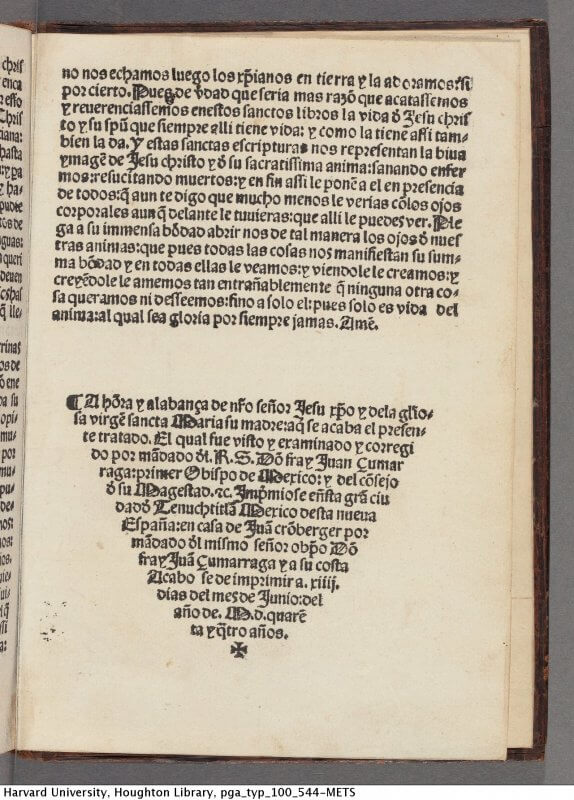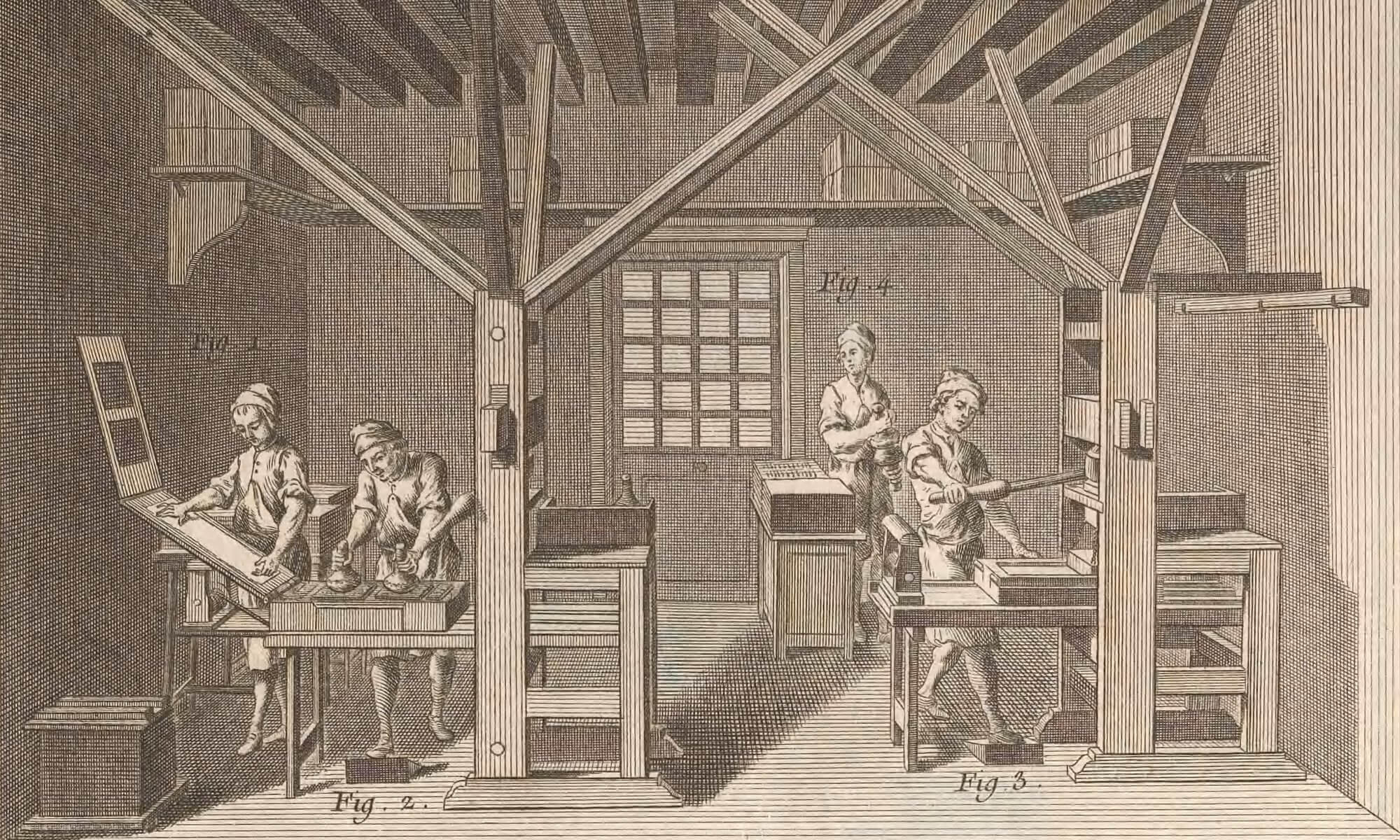Bible, Church Slavic, 1581 (fol. 78v)
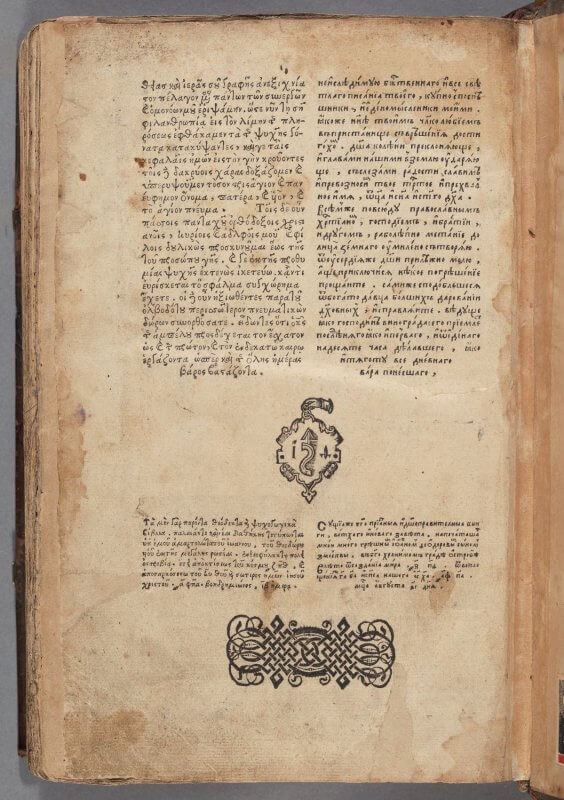
Boethius, Arithmetica, 1492 (2l8r)
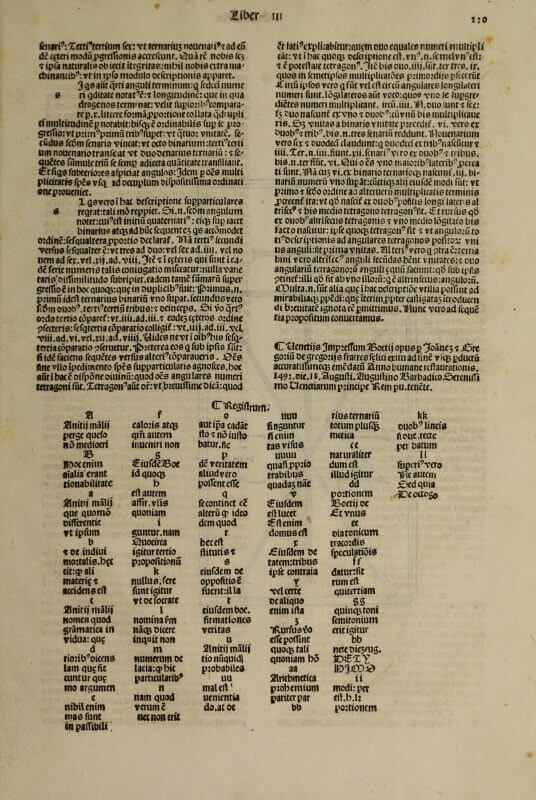
Erasmus, Novum Instrumentum, 1516 (Ff8r)
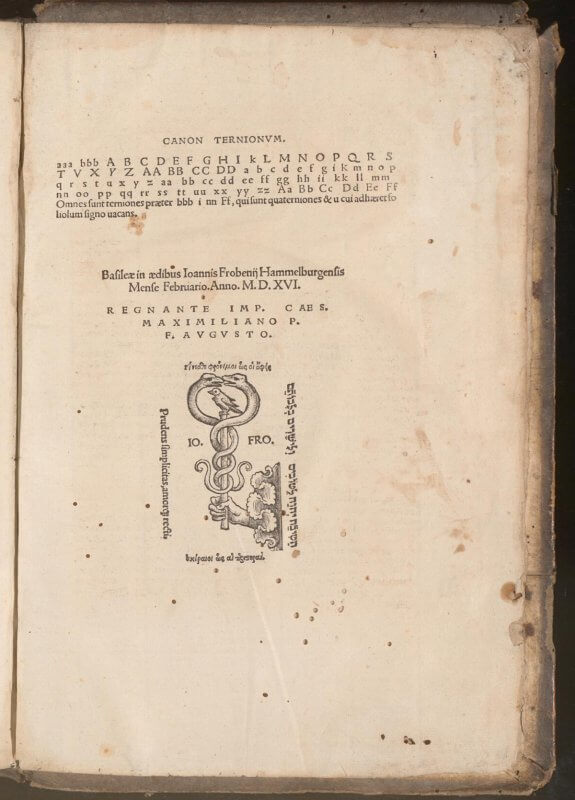
Gower, Confessio Amatis, 1483 (CCxir)
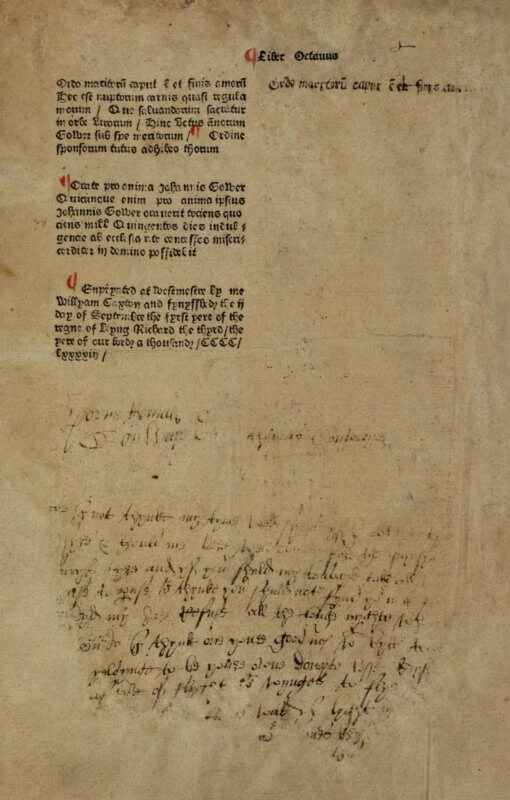
Molina, Vocabulario, 1571 (V10r)
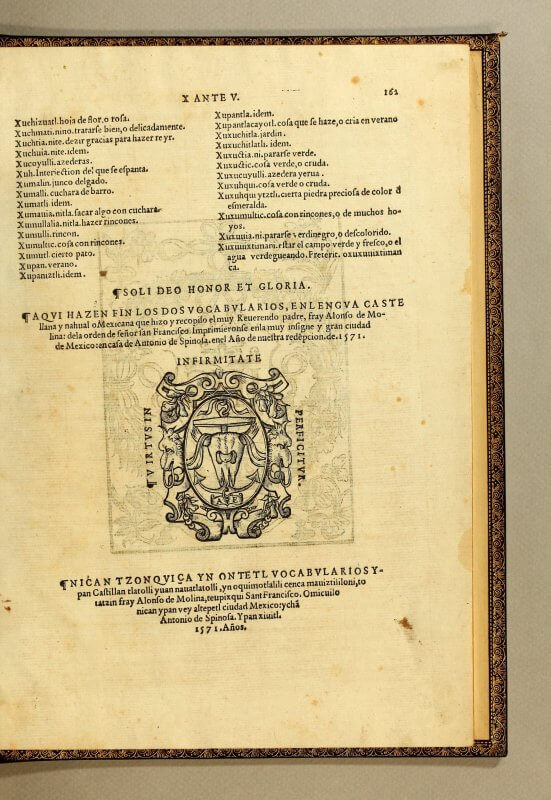
Psalterium, 1499 (o7r)
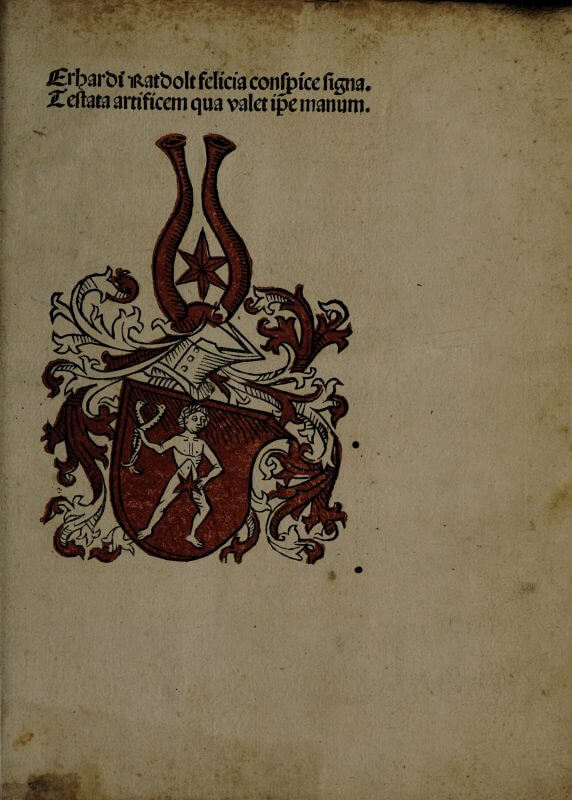
Santo Officio da Inquisição de Coimbra, Relacion del auto de fee, 1723 (A4v)
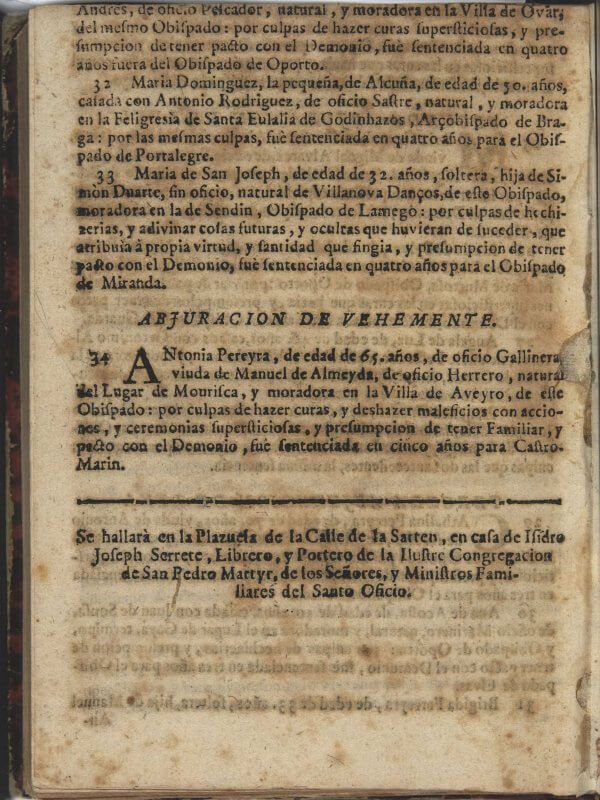
Zumárraga, Doctrina breve, 1544 (i4r)
